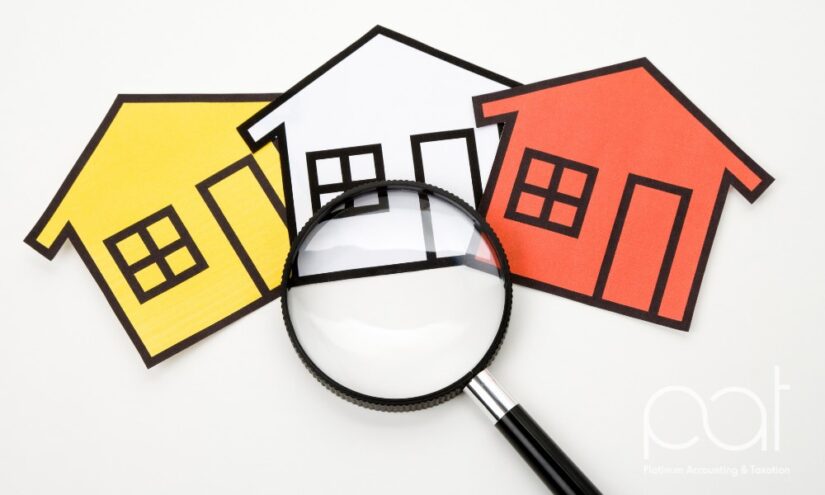When it comes to claiming tax deductions for your rental property, the Australian National
Audit Office (ANAO) determined 9 out of 10 claims (yes that’s 90%!) are lodged incorrectly.
In a report tabled in parliament earlier this month, it was noted that while some claims have
been deemed genuine mistakes, the majority of errors are not.
Therefore, in an attempt to increase the accuracy of rental property claims, the ATO has
bolstered its data-matching arsenal in a bid to crackdown on one of the biggest
contributors to the $9 billion tax gap involving individuals-not-in-business.
As a result, banks and other lenders will now be required to collect information on 1.7
million residential property loans which the ATO can then compare with taxpayer claims and
returns.
The data matching program would be able to collect:
- Client identification details – names, addresses, phone numbers, dates of birth
- Loan account details – account numbers, BSBs, balances, total interest charges, total
repayments, and commencement and end dates - Transaction details – transaction dates, transaction amounts, and whether the
transaction was a debit or credit on the account - Property details – addresses of the loan asset
The ANAO said rental property claims were responsible for 14 per cent, or $1.3 billion, of
the 2019–20 tax gap for individuals-not-in-business.
The overall net tax gap for the group was 5.6 per cent, well above the average of 4.5 per
cent for the 21 taxes where the gap is estimated. The individuals-not-in-business shortfall of
$9 billion came second only to the small business gap of $11.9 billion.
In addition to the above, the ATO advised they would also use the data from the ANAO
report to help identify cases for administrative action including compliance activities (in
other words an ATO audit) and education strategies. Education would take the form of an
educative campaign to inform taxpayers about their lodgement obligations in relation to
rental properties.
In light of the above, now may be a good time to ensure the data you intend to include in
your 2023 tax return for your rental property is able to be substantiated by receipts, loan
documents, annual rental managers statements and any other necessary paperwork.
Author
Kim Jay




